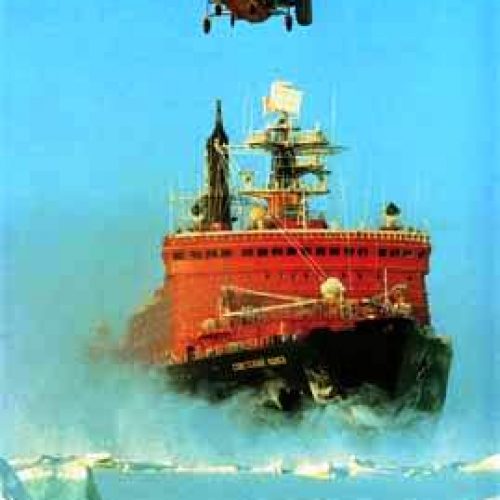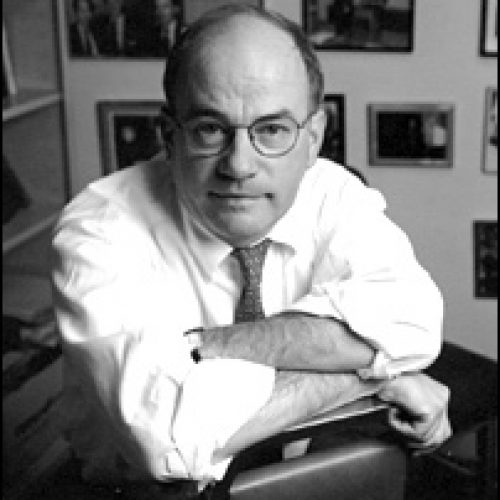THE NANNY STATE: RUSSIAN STYLE – Introduction
There was once a country, one thousand years old, called, at first, Rus’, and then known throughout the world as Russia and then, briefly, the Soviet Union. Expanding from Kiev and the banks of the Dniepr’ north to Moscow, and eventually as far east as east can go, Russia endured centuries of occupation from the Tatars, constant threats from Europe, and recent cataclysmic wars within Europe which cost them millions of lives.
Russia also lived as a great empire, having, at its greatest and most nefarious time, control of the bulk of Eastern Europe (post WWII until 1989-1991) until the girth of economic inertia which was modern Communism forced it to collapse like a bloated piñata filled with bad intentions.
And the USSR was thus signed out of existence in 1991 (signed out of existence! Holy Crap! Remember?) after its General Secretary, Mikhail Gorbachev, returned home from the Crimea to Moscow from a failed coup d’état . State enterprises were auctioned off to their workers, and workers, looking to buy scarce food for their families, sold their shares at discounted prices to some forward thinking individuals, who then went on to sell whole enterprises on for massive profits. These became the “oligarchs:” billionaires who ran over the people like steamrollers. It was a US-created model that worked in Poland in 1989. Poland, with its pre-Soviet history rooted in democracy, did well with it. Russia, with no history of democracy whatsoever, had a party for the rich and burned the rest.
The rest of Eastern Europe went back to Europe, most notably with the re-unification of Germany (another ‘‘Holy Crap!” moment), and cost uncounted zillions of Deutschmarks to dig them out of the communist ditch.
The western companies flowed in throughout the 1990s, and capital was around for almost anything. A debt crisis in 1998 and the current economic recession (after a boom based on the price of oil, which Russia is full of, by the way) have left Russia feeling strong on the world stage these days. Russia is a powerhouse getting stronger, with two guys from St. Petersburg seemingly running it more and more efficiently, with less and less opposition (PM Vladimir Putin and young President Medvedev).
Russian history reads like a great novel. Go buy it.
I’ve summarized it in gross general terms here because I am an American living here. And, contrary to what one might think in the US, I feel surprisingly free.
Tobacco:
Restaurants and bars are still very smoker-friendly (42% smoke here, more unofficially). Smoking is actually a part of national culture (with drinking), and while drinking has slowed, smoking is steady at 300b sticks per year.
Drinking:
Russians are heavy drinkers. The male life expectancy level is still 57 years old (!), and drinking constitutes a higher percentage of deaths than smoking. Much is due to accidents occurring from drunkenness. Not just accidents behind the wheel, but others as well, including freezing outside at night in the winter (this winter has been below zero F for months across the country).
President Medvedev has stated a goal to reduce drinking substantially in the next decade. Hours for sale of spirits (above 17%) have been reduced, and outdoor kiosks will soon not be able to sell anything stronger than beer. There is a huge counterfeit vodka market in Russia as well, which is the primary target of the latest crackdown. Many alcohol-related deaths are from poisonous fake vodka.
Guns:
Russians hunt. They hunt everything from rabbit to fox, deer and bear. Additionally, with a draft still in place, most men know how to use guns. Also, you won’t find lobbyists from gun companies in Moscow (like the NRA in the US). The urban crime level is still shockingly low in major cities, and the primary murder weapons are still knives and axes.
Regular life:
Russians are told on TV what’s good to eat, and what’s bad. Smoke and drink less, eat less fat, drink water, eat your veggies and exercise. Russians, in, fact, eat tons of salt (pickled/preserved veggies) and fat (fatty meats, sala (pure fat), and heavily salted and fatty soups. They also have a wonderful culture of over-feeding and watering guests.
Labeling here is still sub-par. On a recent visit to my local shop, I could not find any juice in the “juice” aisle. It was all juice drinks with varying concentrations of juice, plus sugar and preservatives. The biggest brand, “Dobriy” has a “100%!” label on the front next to the word “kachestvo” or “quality.” NOT 100% juice.
Not unlike the US in the 1950s and 1960s, there is an obvious campaign to get the population to drink more milk. But a recent trip to a major supermarket showed a whole spectrum of dairy products, and so much of it was dedicated to bio-active bacteria products, I was driven to buy a bottle of vodka.
Walking down the street, I can be stopped by a cop for an ID check. As a Russian-speaking American, I usually get off with good conversation and a smile. If you have darker skin, you will be scrutinized, regardless of legal status, unless you are a tourist with required documentation. And then you’ll still be scrutinized. My best sales manager in Russia is Nigerian. He’s lived here 25 years, is married to a Russian woman with a daughter in medical school. He is a naturalized resident, and still gets treated like a second-class citizen.
There is a certain wildness to this country, and its massive size and diversity tend to be diametrically opposed to the concept of centralized rule of law. With improved communication, Vladimir Putin has managed to reign in rogue territories and fire/replace ambitious local governors with his own loyal subjects.
The wildness remains, and the people feel, in a way, a lot like Americans. The frontier to the east was conquered from Europe to the Pacific (one the Russians had conquered the Tatar invaders), and the local peoples were integrated forcefully into society, and live happily in their own independent and increasingly powerful mini-republics. However, here, restless republics are bombed to dust (Chechnya) while cooperative ones prosper (Tatarstan, Bashkortostan).
I flew ten hours from St. Petersburg in Europe to Khabarovsk (near the Sea of Okhotsk in Eastern Asia) last night. Talk about ‘sea to shining sea,’ Russia has it, too, with lots more frequent flier miles.
Larry, please post! [Editor’s Note: I have no idea why Andrew wrote the preceding three words. I always publish what he writes…he’s an outstanding author. Perhaps his live is at stake! Perhaps he is drinking too much vodka. Maybe he is jet-lagged AND drinking too much vodka. Andrew really loves Russia and going native. Despite being a cigarette focused nation, there is Swedish Snus in Russia too; I believe legally but could be wrong. This article is an introduction to a series on Andrew’s adventures in Russia and I’m sure he’ll get a mention of snus in someday…especially if there is a Russian vodka named “Snus”! he he he!]
About author
You might also like
THE NANNY STATE: RUSSIAN STYLE – Introduction
Preface: Andrew Romeo and Russia Having moved from the mother’s love of an international ‘big tobacco’ job at Gallaher, to the aggressive, tactical point-and-shoot “small-fish” job as a small snus
Market Research: What’s Real?
I was just reading an article in the NY Times from this past week, that HULU, a fairly new video-streaming company with high-falutin’ investors like ABC/Disney, can’t decide if they
No News is Good News
Swedish Match AB is in PR Emergency Mode today, Monday, October 26th. Why? An American researcher from Harvard, Greg Connolly, read a snus ingredient label in 2008, and found a



